Consigli pratici su come coltivare la guzmania YouTube

Consigli pratici su come coltivare la guzmania YouTube
Updated: September 1, 2023 | By: Gary Antosh The colorful Guzmania is a perennial plant and a member of the Bromeliad family. These tropical plants and epiphytic specimens come from South America, and there are more than 120 different Guzmania species of Bromeliads.
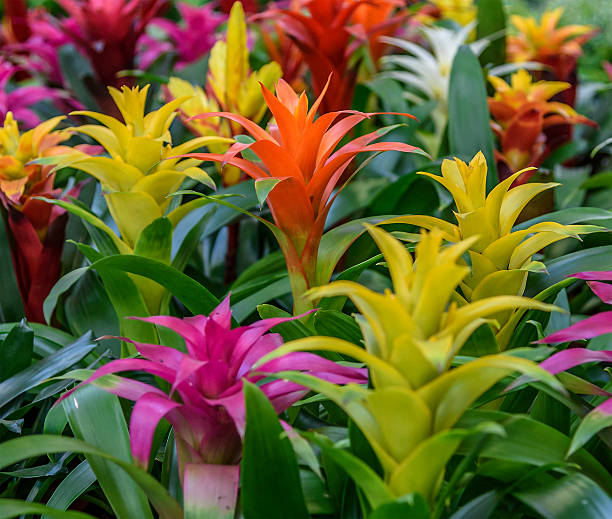
Guzmania Theresa ubicaciondepersonas.cdmx.gob.mx
Understanding the Guzmania Bromeliads. Before we delve into the nitty-gritty of growing and caring for these colorful plants, let's take a moment to appreciate their uniqueness. Guzmania Bromeliads, named after the Spanish botanist Anastasio Guzman, are part of the Bromeliaceae family.
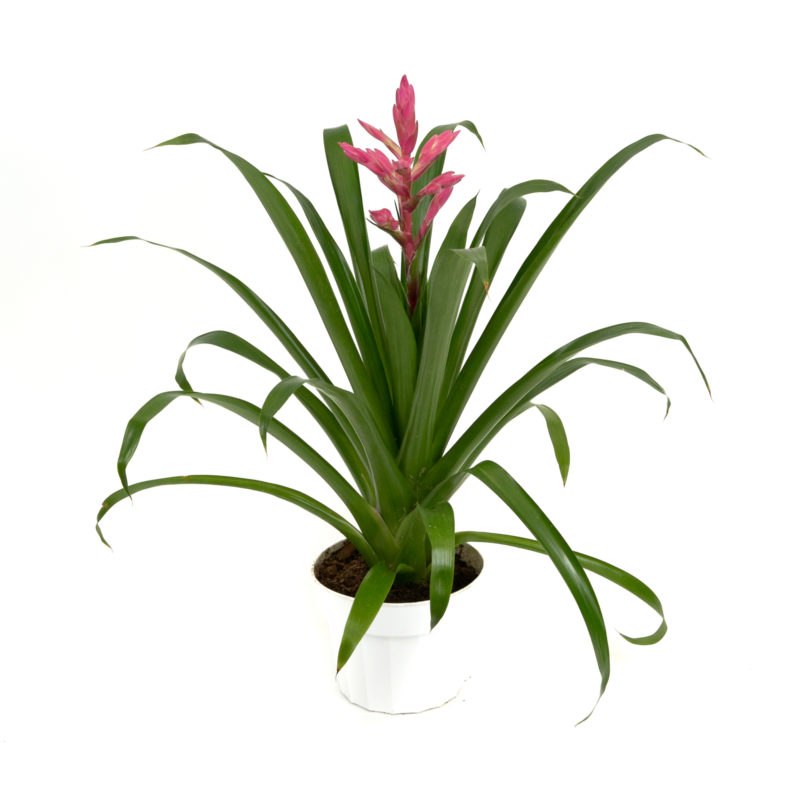
Guzmania Claire Olive Hill Greenhouses
In this article, we will discuss how to care for a Guzmania plant so that it can thrive and flourish. Understanding the Guzmania Plant. The Guzmania plant is a member of the Bromeliad family and is native to Central and South America. It is an epiphytic plant, which means that it grows on other plants rather than in the ground.

Pin on Products
Temperature: Aim for at least 55 F or higher. These are warm-house bromeliads that appreciate high humidity and warmth. Soil: Any soil mix will work fine. These are technically air plants that use their roots for support. Fertilizer: Fertilize very sparingly with a liquid fertilizer during the growing season. The Spruce / Kara Riley Propagation
:max_bytes(150000):strip_icc()/growing-bromeliads-at-home-1403144-04-79b3af6d09654481b76498bd6e7e1c4f.jpg)
Tropical, Colorful, Easy Care Bromeliad Plants
The flower grows in a warm climate so the air temperature should be at least 25 degrees for successful flowering. Guzmania grows as an epiphytic plant on trees and on mountain slopes in the natural habitat. Also this flower can take root in the soil as a terrestrial plant.

Untitled guzmania* Flickr
A steady 55℉ (13℃), would be ideal for the plant's growth. Medium to high humidity is best for this plant. As for the plant's fertilizer requirements, a balanced fertilizer once a fortnight during its growing season will serve the purpose well. Soil

Guzmania Blue Plants, Air Plants, Tropical Colors, Tropical Plants, Unusual Flowers, Blue
14 min reading time Welcome to our comprehensive guide on how to grow and care for Guzmania Plant! Whether you're a seasoned gardener or just starting, this guide will provide you with expert tips and advice on how to cultivate and maintain this beautiful tropical plant with ease.
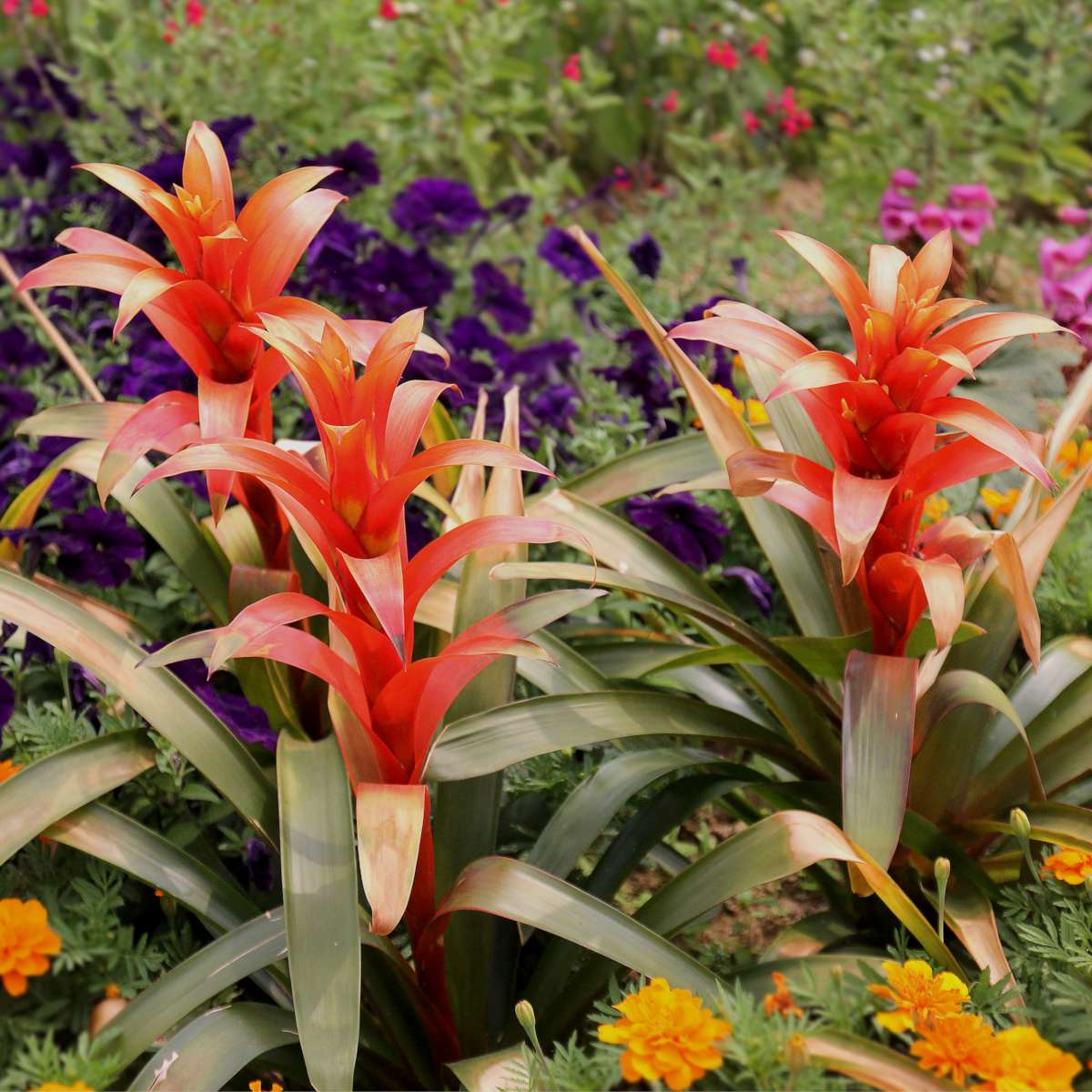
Guzmania care, repotting, watering, fertilizing, protecting the rosette
For Guzmania plants growing in the garden, install an umbrella near the plants to protect them against the afternoon sun. If daylight hours are short in your zone, then you can use grow lights as a replacement for natural light. Keep the lights on about 16 hours a day to avoid light deprivation problems.
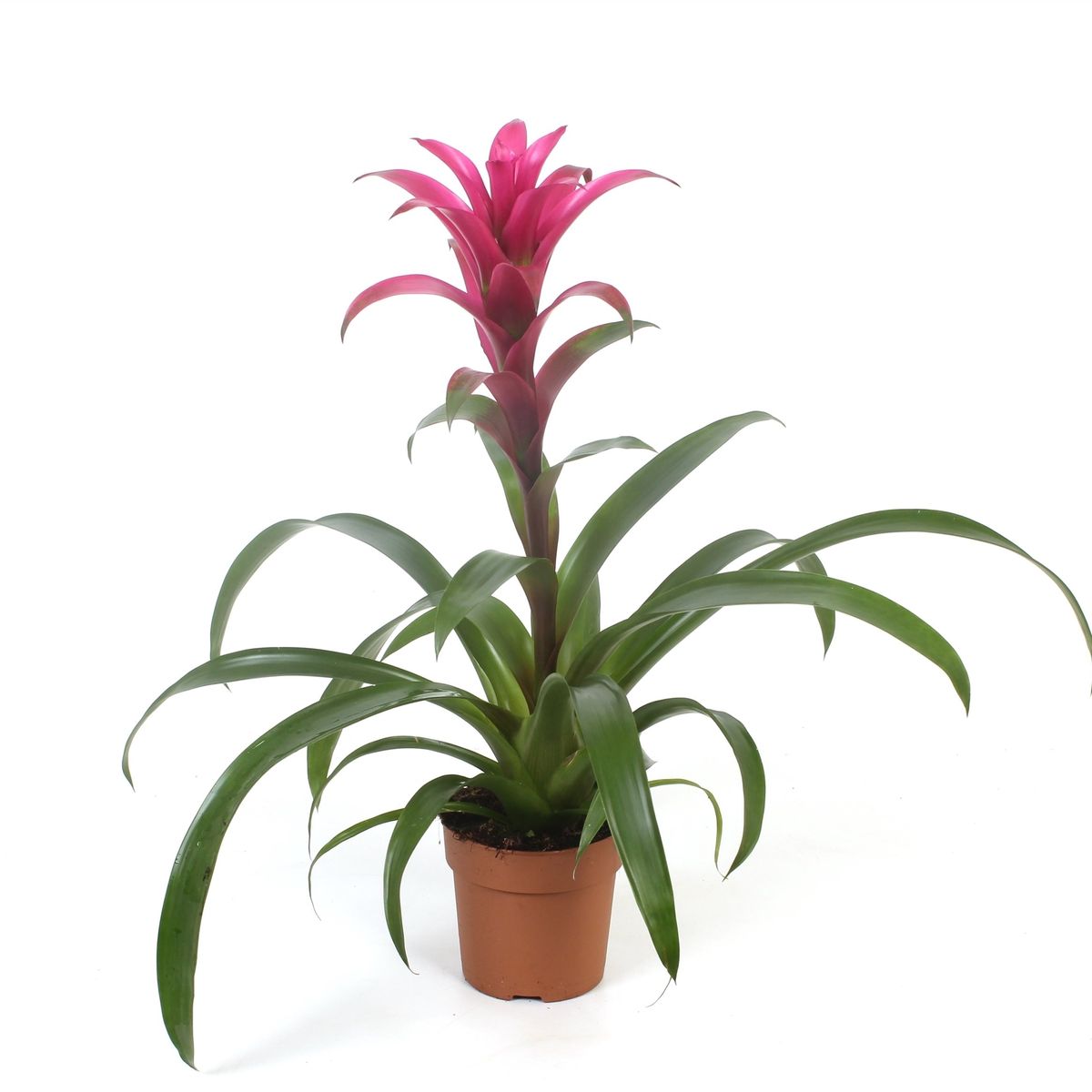
Guzmania 'Freya' — Bitkiler Toptan Satış FlorAccess
1. Ideal Growing Conditions Preferred Light Conditions For Guzmania Guzmanias prefer bright, indirect light but can tolerate lower light than many other bromeliads. Direct sunlight can damage the leaves and cause them to turn yellow or brown.

Untitled guzmania* Flickr
Caring for Guzmania Bromeliads. Most bromeliads are epiphytes, and those in the Guzmania genus are no exception. That means that these bromeliads grow attached to other plants in nature. They don't use these other plants as a food source, but rather as an anchor so they can gather their own nutrients and moisture from the rain and debris that.

Guzmania closeup free image download
How Do You Care For A Guzmania Plant: Grow Guzmania plants in soils that drain well, in a humid environment and in temperatures ranging between 60°F to 80°F. Water the Guzmania when the top inch of soil becomes dry, pouring into the center rosette, and fertilize every two months.

Guzmania Purple
How to Care for Guzmania Bromeliads In their native habitat of South America, guzmanias grow on trees, where they collect water from rainfall. They get nutrients from decomposing leaves or bird and animal droppings. Indoors, you must replicate their habitat as closely as possible. You may also grow them outdoors in USDA Zones 9 and above.
Saved from clearance help! Bromeliad dying or overwatered? bromeliad
Light Water Soil Fertilizer Humidity Temperature Pruning Guzmania Bromeliads Growth and Development Extra tips for Guzmania care Common Pests and Diseases Toxicity Planting and Growing Guzmania Plants Guzmania flowers are strikingly colorful perennial plants from the bromeliad family.

Guzmania Houseplant Aechmea Flower, PNG, 1024x1024px, Guzmania, Aechmea, Aechmea Gamosepala
August 28, 2022 The Bromeliad Guzmania, scientifically known as Guzmania lingulata, is a plant that is highly sought after by plant enthusiasts. This plant is a member of the Bromeliaceae family and is native to Central and South America.

guzmania* Flickr
This may cause rot. Instead, water around the plant, ensuring the soil is thoroughly moistened. Signs of Overwatering and Underwatering Keeper's intuition aside, your Guzmania Hope will also give you signs when it is either overwatered or under-watered. Overwatering: Browning and wilting leaves are indicative of too much water.
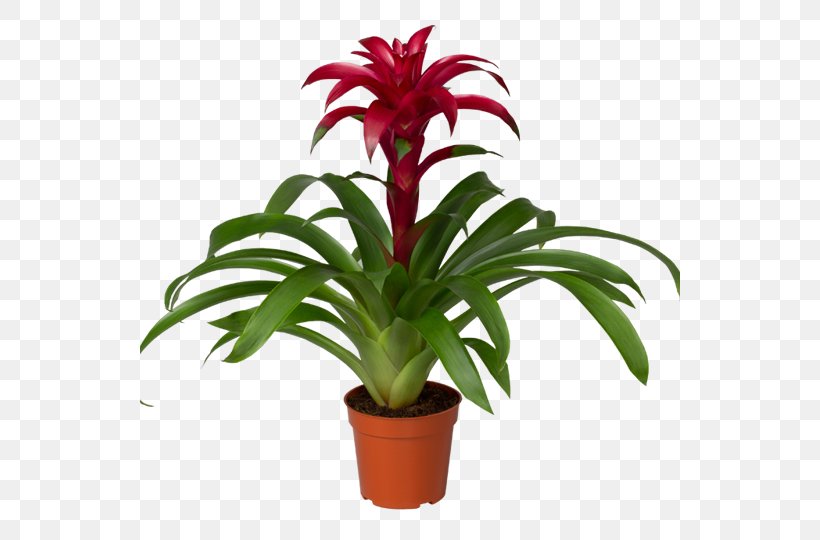
Guzmania Vriesea Aechmea Bromelia Plant, PNG, 540x540px, Guzmania, Aechmea, Aechmea Fasciata
Height - 12 to 16 inches (30 to 40 cm) Exposure - light but without direct light Foliage - evergreen Flowering - end of winter or summer Native to Central America and to the Caribbean Antilles, it is grown for its foliage and its superb flower. Planting and re-potting guzmania